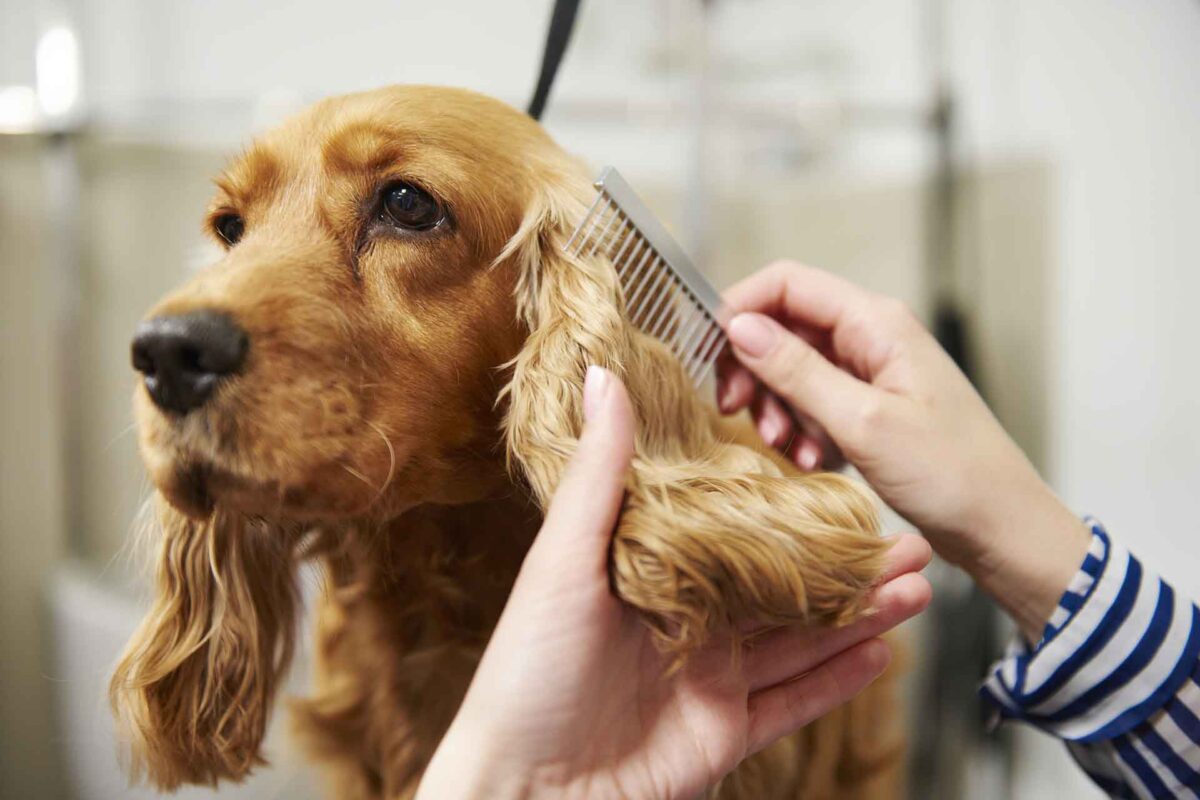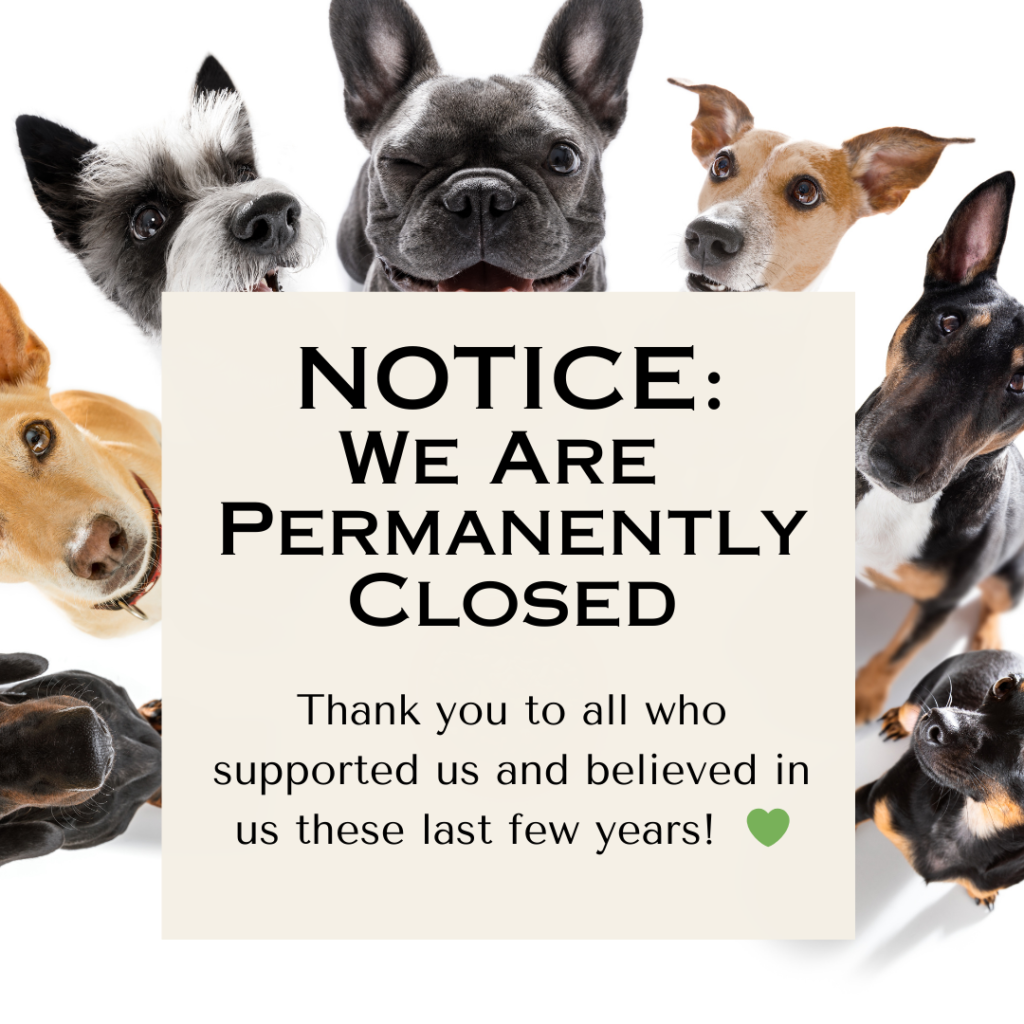Dog Grooming: 5 Myths vs. Reality

Dog grooming is a crucial component of pet care. Not only does it support a dog’s general health, but it helps enhance your dog’s amazing looks. Furthermore, when a dog looks good, they will feel good as well, so dog grooming can also affect their well-being. However, dog grooming is a bit more complex than most pet owners think. There are a lot of things to take into account when grooming your dog, especially when you want to get the job done without the help of a professional. Having said that, there are a lot of myths and misconceptions about grooming dogs that might mislead pet owners. To help you with your possible confusion, down below will include information about the five most prevalent dog grooming myths and the actual truth behind them.
Myth 1: Shaving a dog in the summer will keep them cooler
Shaving a dog’s coat in the summer would keep them cooler is one of the most pervasive myths about dog grooming. This notion is based on the notion that a dog would stay cooler if their coat is shorter since it will have less fur. This is not the case, though. In actuality, shaving a dog’s coat can be detrimental to their health and happiness. To begin with, a dog’s fur insulates them from both hot and cold conditions. The natural insulating qualities of a dog’s fur are lost when it is shaved, making the dog more susceptible to sunburn and overheating in the summer. In severe situations, this might result in heatstroke, pain, and skin irritability. A shaved dog also lacks the protective layer that fur provides, making them more vulnerable to bug bites and stings. Shaving a dog’s coat during the summertime can also make it more difficult for them to remain warm in the winter as the hair may not grow back in time, which is a drawback. Even in the coldest conditions, the dog stays warm because of the fur’s ability to retain body heat. A dog’s ability to remain warm is hampered by the shaving process since it diminishes their amount of fur. Particularly in breeds that are already susceptible to cold weather, this might result in health issues like hypothermia.
Myth 2: Dogs don’t need to bathe frequently.
Regular bathing is a crucial component of dog maintenance that keeps a pet clean, healthy, and happy overall. Even though it is crucial, many pet owners could disregard it or think that dogs don’t require regular baths. This is a false belief, though, and it may be harmful to a dog’s health. The risk of skin infections and irritations can be decreased by bathing a dog since it helps to remove dirt, oil, and debris from their fur and skin. Regular washing can help to avoid matting and tangles, which can cause pain and potentially result in skin infections. A clean dog is less prone to scratch or bite at irritated skin. Additionally, washing a dog may assist to get rid of any scents that might be on their fur, leaving them feeling clean and fresh. The breed, size, and degree of activity of the dog are only a few variables that affect how frequently it should be bathed. For instance, dogs who are energetic and like playing outside would probably need to be bathed more frequently than dogs that spend the most of their time indoors. However, it is generally advised to give a dog a wash every four to eight weeks. Regular washing can provide dog owners the chance to check their dog’s fur and skin for any indications of disease or injury in addition to keeping them clean, as well. It is also a chance to check for fleas and ticks. This might involve looking for lumps, bumps, or skin irritations.
Myth 3: Nail trimming is painful for dogs
Dog grooming includes clipping nails, which is crucial for maintaining a pet’s general health and wellbeing. However, many dogs could feel uneasy or anxious throughout the procedure, which makes pet owners think that nail clipping hurts their animals. While it is true that clipping a dog’s nails might be difficult, it is not always painful. The quick, sensitive area of the nail that includes blood vessels and nerves, is usually to blame for the discomfort that dogs feel after having their nails cut. When the quick is cut, it could hurt or perhaps start bleeding. With the right technique and a calm attitude, this pain may be readily controlled and is often only temporary. Dogs may suffer stress during nail cutting in addition to being uncomfortable. This is because, despite the fact that nail clipping isn’t actually painful, many dogs equate it with pain or discomfort. It is crucial to begin nail clipping with dogs while they are young and to proceed calmly and patiently to help reduce tension and discomfort. Although dog nail clipping might be difficult, it’s vital to realise that it’s not always painful. Pet owners may reduce the pain their animals feel during nail clipping by using the right technique and maintaining a calm attitude. Pet owners may avoid more serious problems, such paw infections and pain when walking and exercising, by keeping their pet’s nails healthy.
Myth 4: Brushing is not necessary for short-haired dogs
For dogs with short hair, brushing is a key component of grooming that is sometimes disregarded or viewed as unnecessary. No matter how long a dog’s coat is, frequent brushing is crucial for all dogs and may have a number of positive effects on their health and wellbeing. A dog’s coat may be cleaned by brushing to remove loose fur, dirt, and debris, which can lower the risk of skin infections and irritations. Additionally, brushing often can aid in avoiding mats and tangles, which can be uncomfortable and potentially result in skin diseases. Furthermore, brushing can aid in the distribution of natural oils throughout a dog’s fur, maintaining a healthy and glossy coat. It’s much more crucial to regularly brush dogs with longer coats. This is due to the fact that regular brushing is required to preserve the beauty and comfort of a dog’s coat because longer coats are more susceptible to matting and tangles. In addition to keeping the home cleaner and lowering the risk of pet allergies, brushing can help a dog lose less loose fur.
Myth 5: The more you trim a dog’s fur, the thicker it will grow back
A routine dog grooming procedure that can assist to preserve a pet’s beauty and cleanliness is trimming a dog’s fur. However, many dog owners neglect this crucial part of dog grooming because they think clipping a dog’s fur may influence its development or thickness. Simply said, this is untrue. The growth or thickness of a dog’s hair is unaffected by trimming. Genetics affect the length and thickness of a dog’s hair, while age, health, and food can all have an impact. When a dog’s fur is trimmed, the dead and damaged hair are simply removed, giving the appearance of thicker, healthier fur. Additionally, routine trimming can aid in avoiding mats and tangles, which can be uncomfortable and result in skin diseases. Regular trimming may also lessen the quantity of stray fur that a dog sheds, keeping the house cleaner and lowering the likelihood of pet allergies. Additionally, doing this helps maintain a dog’s coat tidy and well-groomed, which is beneficial for both the pet and the pet owner. It is crucial to remember that a professional groomer or a veterinarian should clip a dog’s fur. It’s critical to select a respected groomer or veterinarian who has expertise in trimming dogs’ fur since improper trimming can result in skin irritation, wounds, or even infection.
Dog grooming is an important task that must be completed as a pet owner. Completing this will help your dog feel at their best, both mentally and physically. However, it is important to note that this task is not simple, and entails all kinds of details that must be remembered in order to get the job done properly. Because of its complexity, there have been a few myths among pet owners that tend to not be true. Some of these include shaving a dog will keep them cooler, bathing a dog regularly is not needed, nail trimming is painful for dogs, brushing is not necessary for short-haired dogs, and the more you trim a dog’s fur, the thicker it will grow back. If you have any more myths you want to bust, or simply any dog grooming questions, contact your local dog grooming services today.

